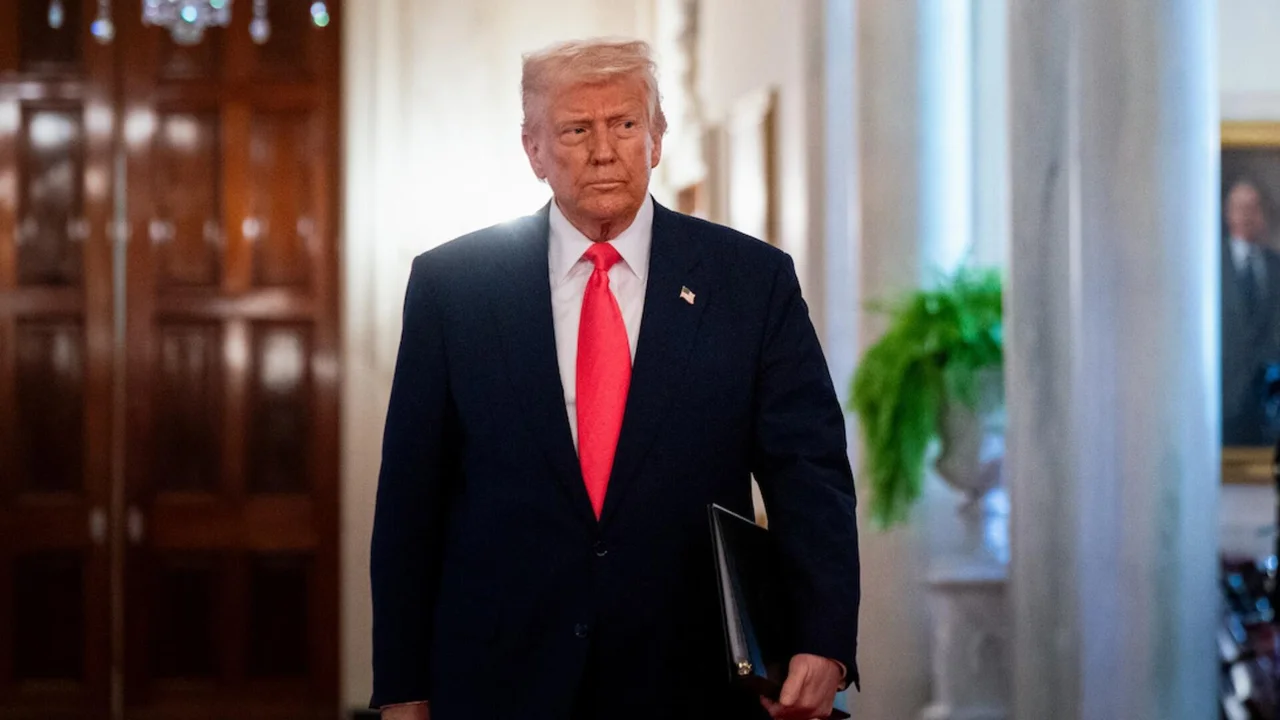On April 9, 2025, President Donald Trump's administration implemented extensive new tariffs on imports from numerous countries, with Chinese goods facing a cumulative tariff rate of 104%. This significant increase comprises a baseline 10% import tax, additional rates based on trade deficits, and further penalties in response to China's retaliatory measures. The administration asserts that these tariffs aim to reduce trade imbalances and bolster domestic manufacturing.
The introduction of these tariffs has led to considerable volatility in global financial markets. The S&P 500 experienced a 10.5% decline over two days, while Asian markets also faced substantial losses; Japan's Nikkei 225 dropped 3.9%, and Taiwan's Taiex fell 5.8%. Additionally, the U.S. dollar weakened, gold prices surged by 2.3%, and Brent crude oil prices decreased by 4%, reflecting concerns about a potential global economic slowdown.
Beyond China, other U.S. trading partners are also affected by these tariffs. For instance, South Korea faces a 25% tariff on cars and auto parts, prompting the South Korean government to establish a $2 billion emergency fund to support its auto industry. Bangladesh's apparel sector is similarly impacted by a new 37% tariff, raising concerns about maintaining its market share in the U.S.
The Trump administration has indicated openness to negotiating tailored bilateral trade agreements with countries seeking relief from these tariffs. However, officials emphasize that the tariffs will remain in place until trade imbalances and perceived unfair practices are adequately addressed.
These developments have intensified trade tensions, particularly between the U.S. and China, with both nations imposing substantial tariffs on each other's goods. This escalation raises concerns about a prolonged trade conflict and its potential impact on the global economy.

.jpg)








